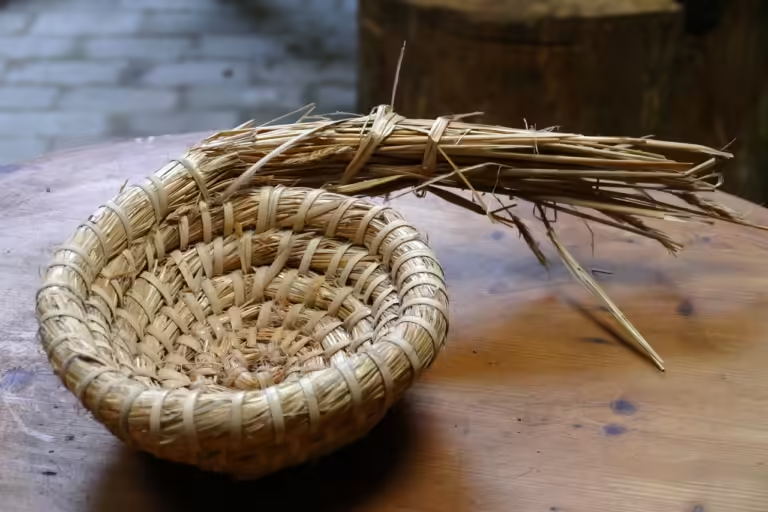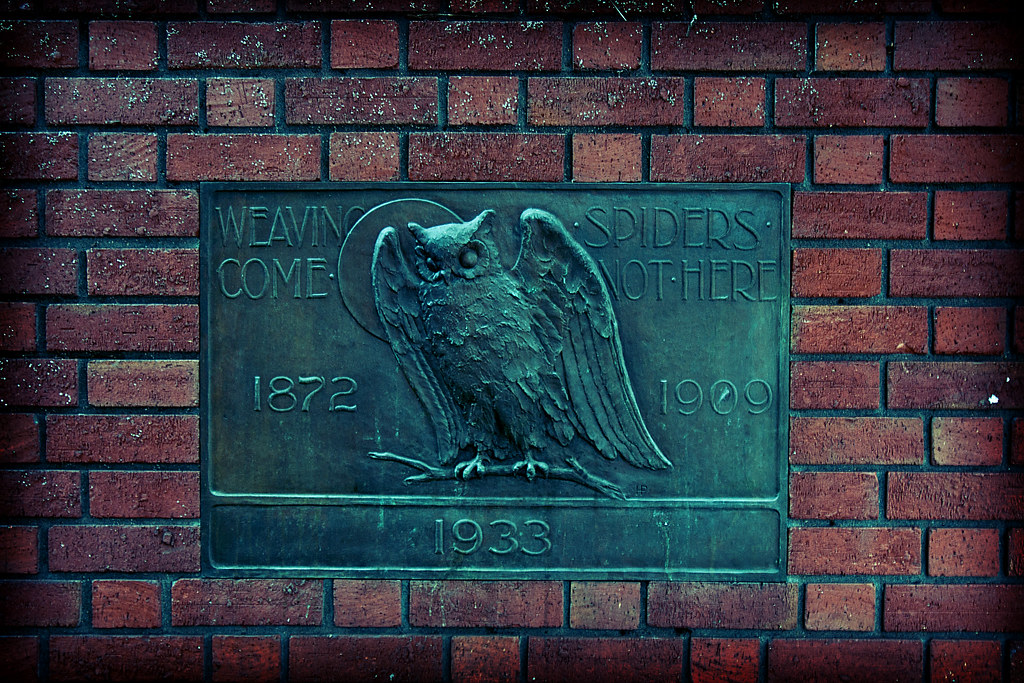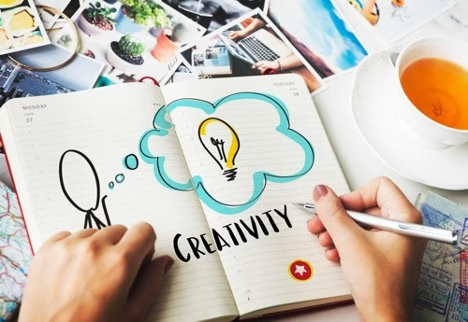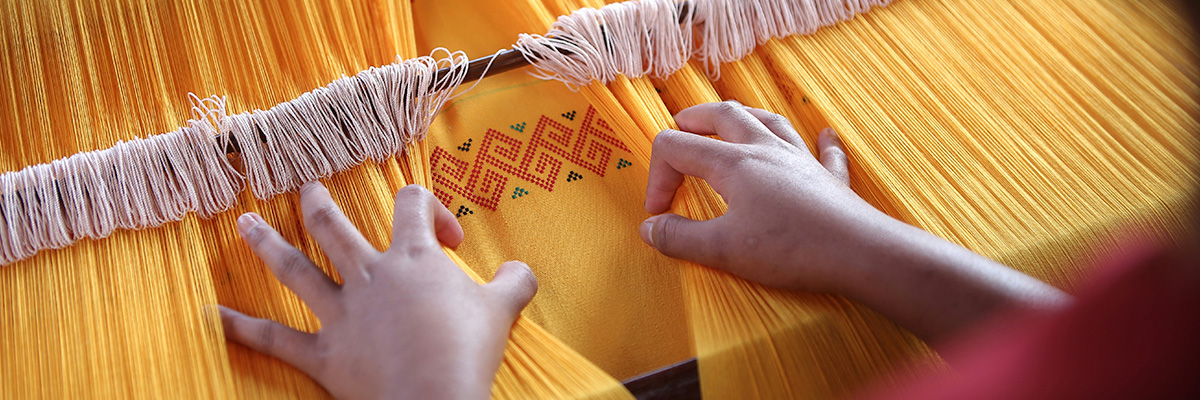Weaving vs Embroidery: Understanding the Key Differences
Weaving and embroidery are two distinct textile art forms that have been practiced across various cultures for centuries. While both involve the interlacing of threads to create designs, they differ significantly in their techniques and final products. Understanding these variances is crucial not only for textile art enthusiasts but also for individuals who appreciate the diversity of human-made objects.
Weaving and embroidery both have rich histories that have evolved over time, showcasing the creativity and skill of artisans worldwide. Today we will explain the difference between the two and discuss the specifics of each technique.
A Brief History On Weaving
Weaving is an ancient method that entails the interlacing of two sets of yarn or thread at right angles to form fabric or cloth. The horizontal threads, referred to as the weft, are woven over and under the vertical threads, known as the warp, resulting in a diverse array of patterns and textures.
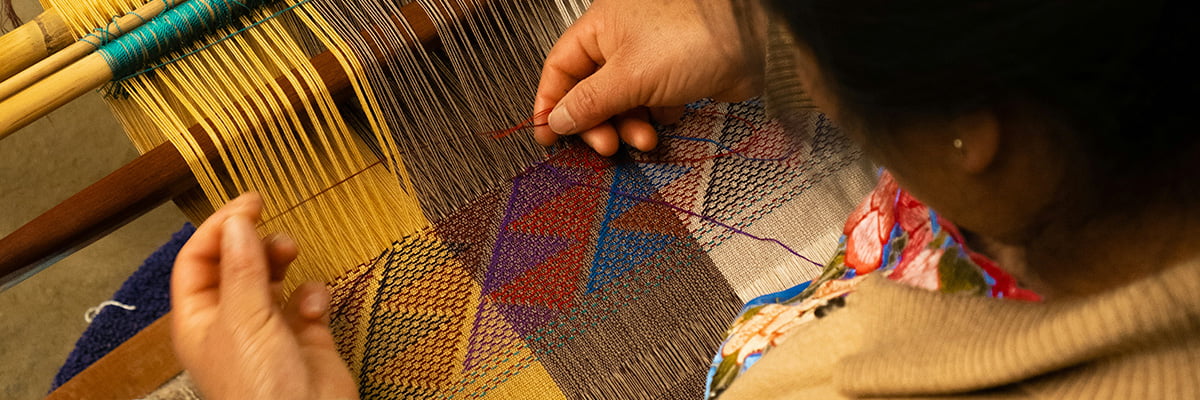
The process of weaving can be intricate and meticulous, involving precise manipulation of the warp and weft threads. It can be carried out manually or with the assistance of a loom, a device that secures the warp threads in place while the weft threads are woven through them. Various weaving techniques exist, such as plain weave, twill weave, and satin weave, each offering distinct patterns and textures.
Materials used in weaving span a wide range, from natural fibers like cotton, wool, and silk to synthetic ones such as polyester and nylon. The choice of materials significantly influences the texture, durability, and appearance of the final woven product.
– Weaving requires a combination of creativity and technical skill to achieve intricate patterns and designs.
– Different weaving techniques, such as tapestry weaving and basket weaving, offer unique artistic possibilities.
– The use of traditional handlooms and modern weaving machinery has revolutionized the production of woven textiles.
What Is Embroidery Exactly?
Embroidery is the art of embellishing fabric or other materials using a needle to apply thread or yarn. It can also incorporate additional materials like pearls, beads, quills, and sequins to enhance the decorative elements. This art form transforms simple fabrics into elaborate works of art through the application of intricate and detailed patterns.
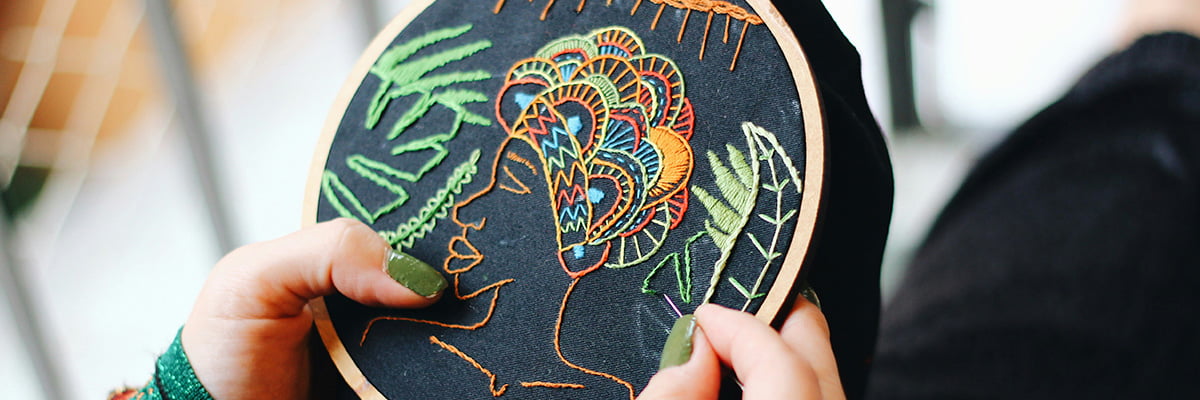
The process of embroidery varies depending on the technique employed. Hand embroidery involves the manual stitching of patterns on the fabric using a needle and thread, while machine embroidery automates the process for efficiency. Popular embroidery techniques include cross-stitch, satin stitch, and French knots, each offering a unique aesthetic appeal. The versatility in techniques allows for a wide range of decorative possibilities, from subtle elegance to bold and intricate designs.
In addition to traditional thread materials like cotton, silk, and wool, embroidery can utilize metallic threads, beads, and sequins to add a touch of elegance and flair to the design. These embellishments elevate the visual appeal and complexity of the embroidered piece, making it a focal point of textile artistry.
– Embroidery allows for intricate detailing and embellishments that can transform plain fabrics into works of art.
– Different embroidery stitches, such as chain stitch and backstitch, offer a wide range of decorative possibilities.
– The combination of embroidery with other textile techniques, like appliqué and patchwork, creates stunning visual effects.
What Are The Key Differences between Weaving and Embroidery?
While weaving involves creating a fabric from interlacing threads, embroidery focuses on decorating pre-existing fabrics with ornate designs. This fundamental difference shapes the techniques, tools, and end products associated with each art form.
The techniques and tools used in weaving and embroidery also vary significantly; weaving utilizes a loom to secure the threads in place, whereas embroidery employs a needle to apply intricate designs onto the fabric. The end products of weaving are typically pieces of cloth, while embroidery enhances existing fabrics with decorative elements. This distinction highlights the complementary nature of both techniques in textile art.
Despite their differences, both weaving and embroidery are essential textile arts that require skill, precision, and creativity to produce visually captivating results. The juxtaposition of creating fabric versus embellishing it underscores the unique contributions of each technique to the world of textiles.
Both weaving and embroidery reflect cultural identities and historical narratives through their respective methodologies.
- Weaving involves the construction of fabric through interlacing threads in a systematic manner.
- Embroidery enhances fabrics with decorative motifs and designs, adding a touch of artistry and elegance.
- Weaving and embroidery can be combined to create unique textiles that showcase the best of both techniques.
- Understanding the context and application of each technique enhances appreciation for their artistic and functional roles.

Conclusion
In conclusion, weaving and embroidery stand as pillars of textile artistry, each offering a distinct approach to creating visually captivating designs. While weaving focuses on the construction of fabric through interlacing threads, embroidery enhances fabrics with intricate detailing and embellishments.
Understanding the differences between weaving and embroidery is essential for appreciating the nuances of each technique and selecting the appropriate method for a given project. Whether it involves weaving a new fabric from scratch or embellishing an existing textile with decorative designs, both techniques contribute to the rich tapestry of textile arts and craftsmanship worldwide.
Some FAQs
1. What is the main difference between weaving and embroidery?
Weaving involves creating fabric through interlacing threads, while embroidery focuses on decorating pre-existing fabrics with ornate designs.
2. What are some popular materials used in weaving?
Materials used in weaving include natural fibers like cotton, wool, silk, as well as synthetic ones like polyester and nylon.
3. What are some common embroidery techniques?
Popular embroidery techniques include cross-stitch, satin stitch, and French knots, each offering a unique aesthetic appeal.
4. How can weaving and embroidery be combined in textile art?
Weaving and embroidery can be combined to create unique textiles that showcase the best of both techniques, offering innovative and visually striking results.

